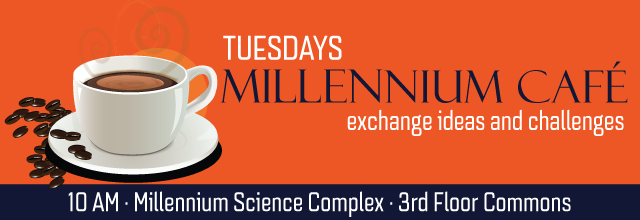
Numerous social challenges have renewed interest in the need for ethics in organizations and more broadly in our approach to solving sociotechnological problems. In this presentation, a simple model for moral agency will be discussed along with the need for the integration of ethics with engineering, the sciences, and other disciplines. Resources at Penn State for aiding in such integration will be reviewed.
